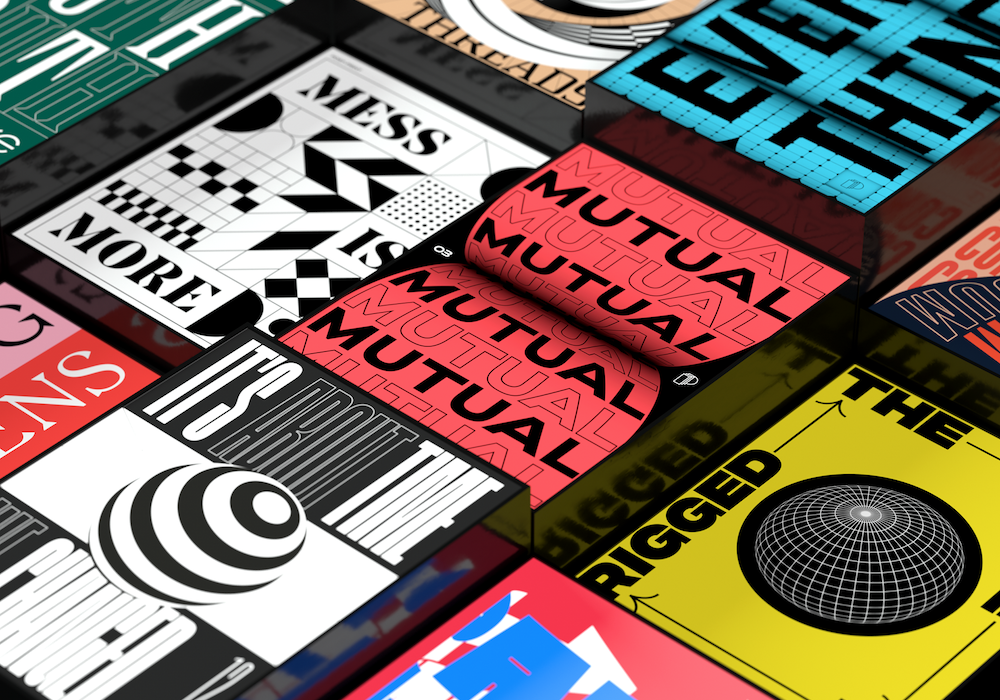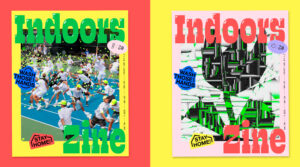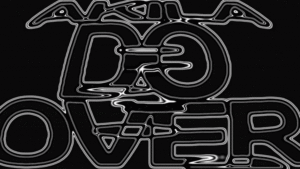In recent years Augmented Reality (AR) has made its way into our everyday – albeit in small, relatively ubiquitous ways (think Snapchat/Instagram filters). However, its presence in graphic design is still relatively quiet. Although many creatives are integrating the technology into their work, and some brands are utilising it to enhance their voices – OMSE’s AR billboards for Printworks AW19 are great example – it’s not entirely commonplace. Ultimately, this just means it looks like there’s a lot different ways AR could go in terms of future graphic cultures.
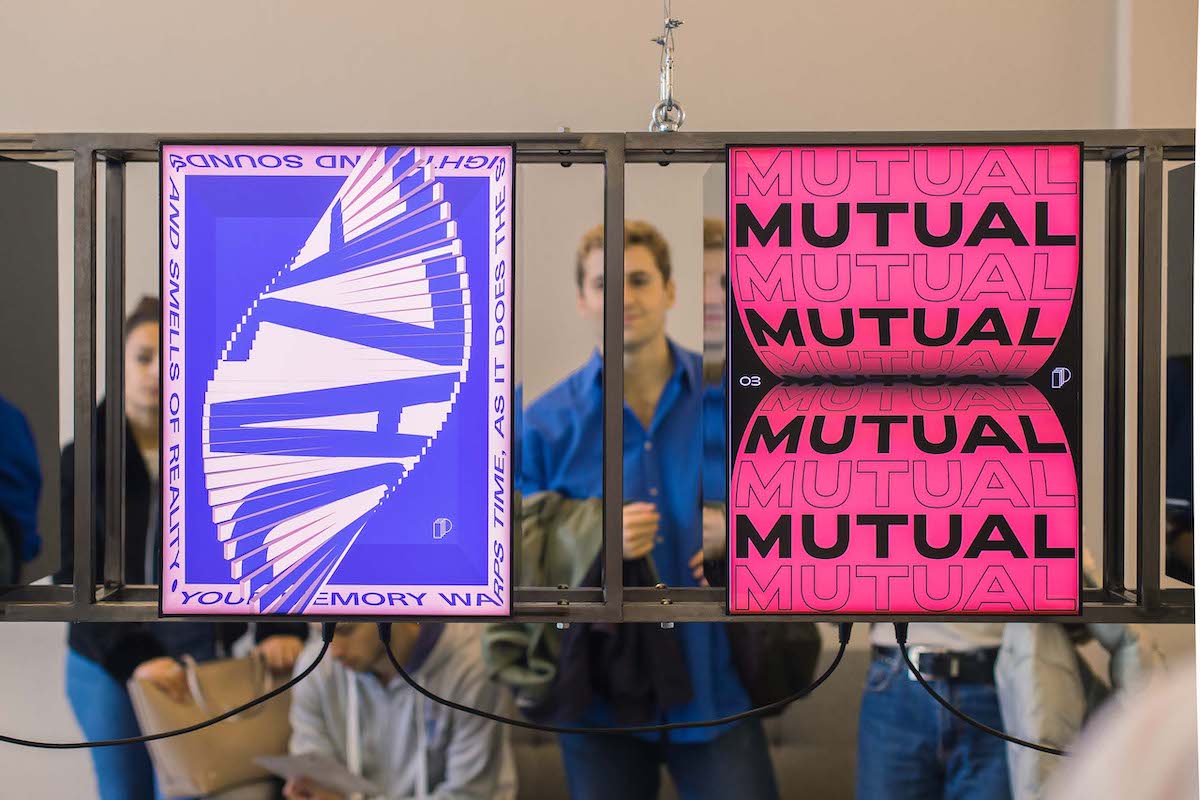
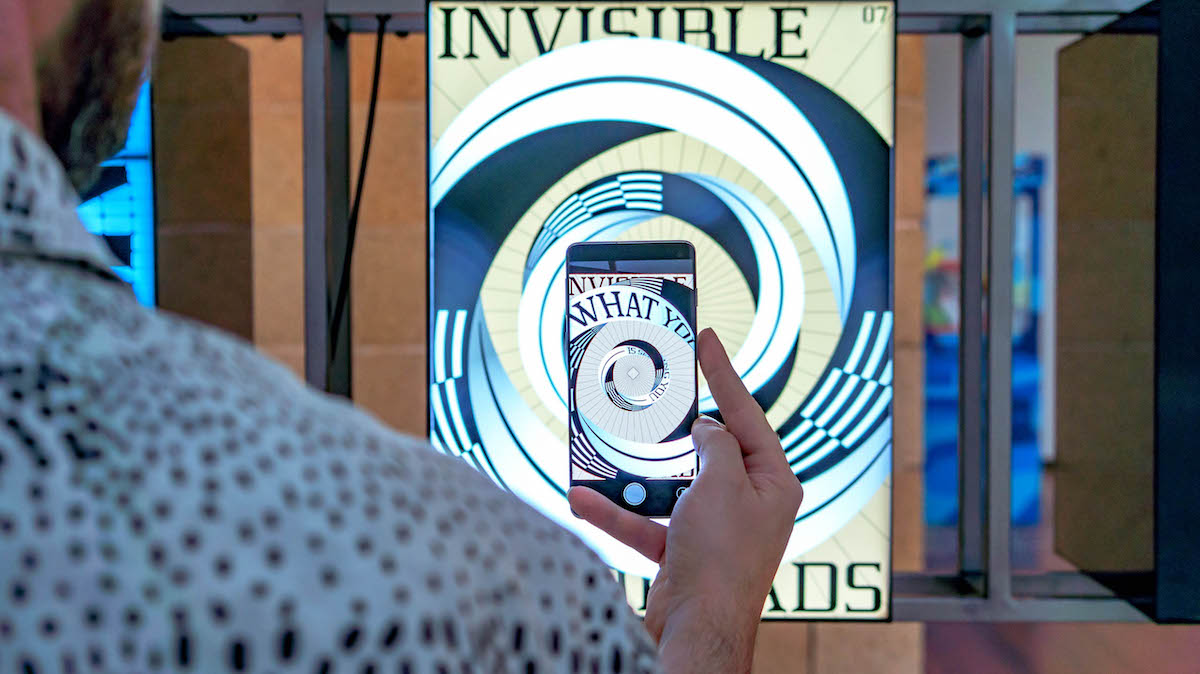
Porto-based freelance Graphic Designer Serafim Mendes (@serafim.mendes) is a lover of combining graphic design with 3D animation and illustration. Self-taught in the latter two of his practices, his passion and curiosity for exploring new ground led him to develop Post-print back in 2017, a project aiming to explore the creative possibilities of AR in tandem with graphic design. Culminating in an exhibition hosted by Mecha Studio, 2D posters were hung on black lightboxes in an installation framed by floating metal structures. The posters, brightly lit up and vibrantly dynamic, could be viewed through the Post-print app – wherein they came to life in 3D motion. We spoke to Serafim about developing Post-print back in 2017, and the possibility of imminent changes in the graphic design world to come as AR technology weaves its way further into our graphic culture.
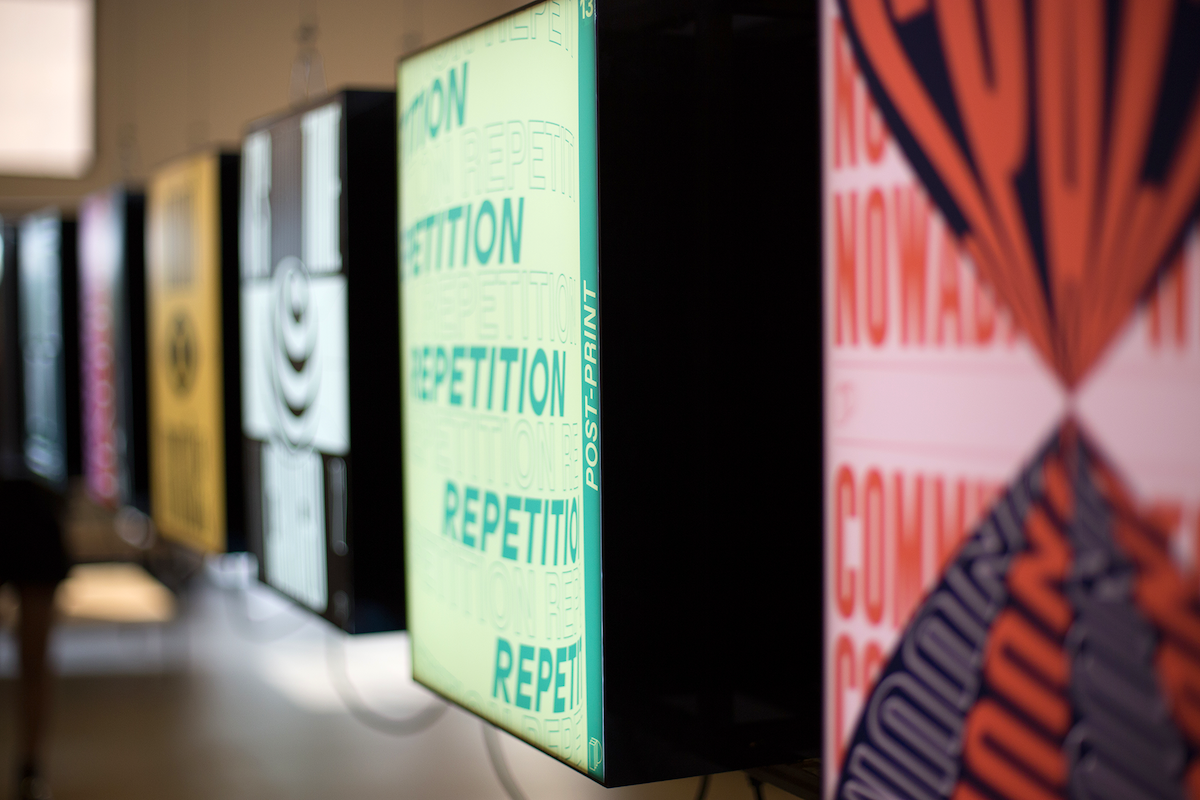
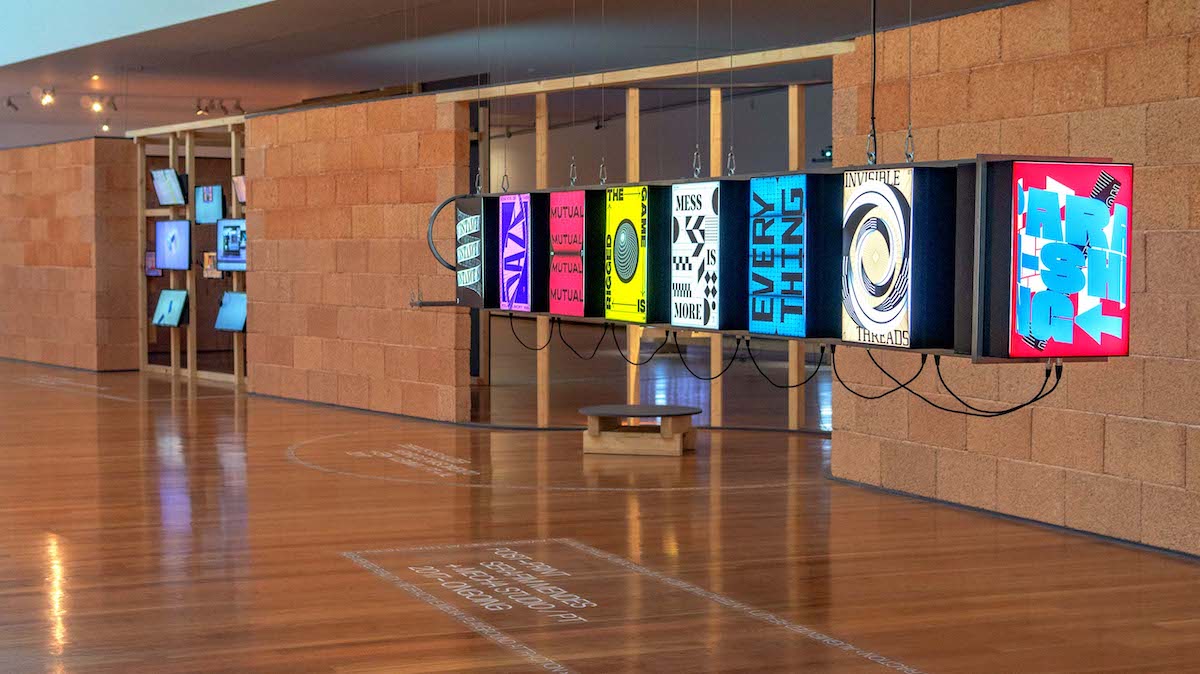
Why was the Post-print project initiated and what did you want to explore?
This project’s concept was initiated around 2016, when I had to decide the topic of my thesis in Communication Design. I had been working seriously for about a year with 3D graphics. I knew that I wanted to work with that on my thesis but I was unsure on how to approach it, and it was a long process until I settled with AR. To explain it shortly, my thesis coordinator asked me how I was thinking of combining design and 3D, as in what was its purpose, and what could we gain from working with an extra dimension? My attempt to answer that question ultimately led to Post-print.
There is a limitation on the traditional 3D artwork we see on the internet. Despite being created in a three-dimensional virtual environment, the output is usually 2.5D as we render from a specific angle, so the work loses its real dimensionality when it reaches the viewer. I wanted to find a way of exploring digital 3D typography while also allowing the viewer to navigate around it freely in an interactive experience. After a while of pondering whether I should go for VR or AR, I decided to go for AR simply because it’s more accessible to the general population. VR requires dedicated hardware while AR can be accessed through almost any smartphone, which a lot of people carry around in their pockets daily.
Therefore, I decided to learn AR and developed my own app because the existing services were somewhat limited and had a clunky user experience.
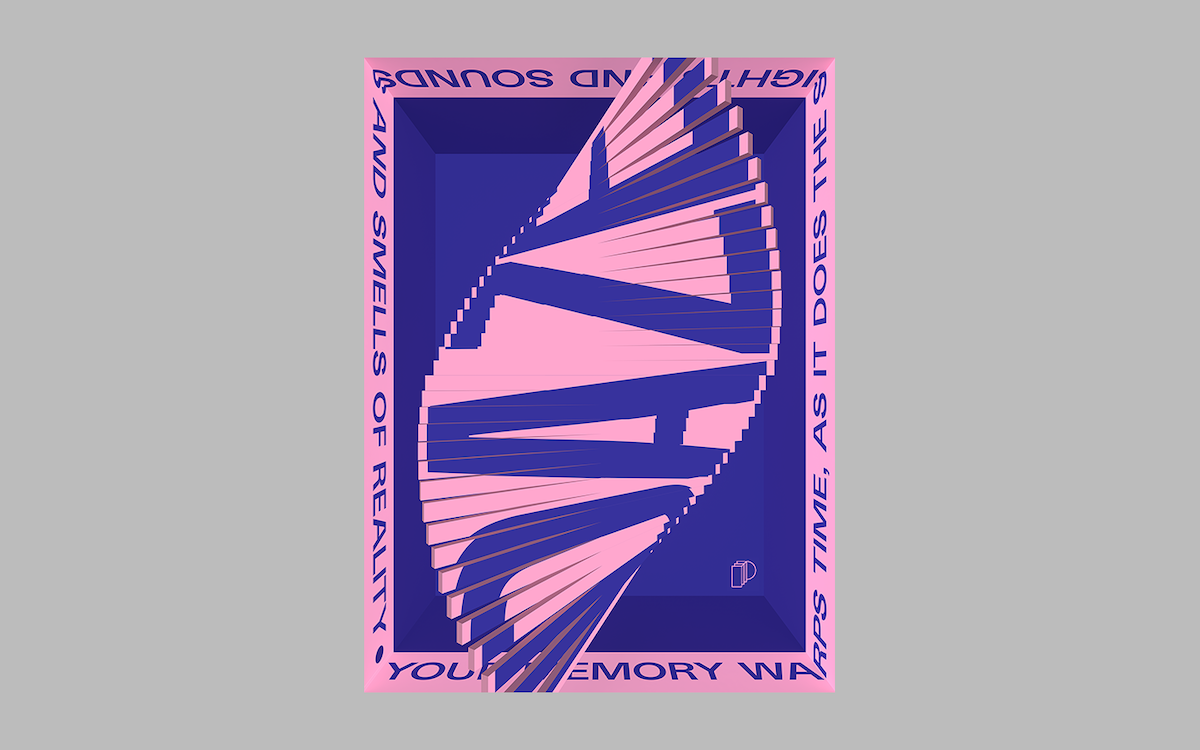
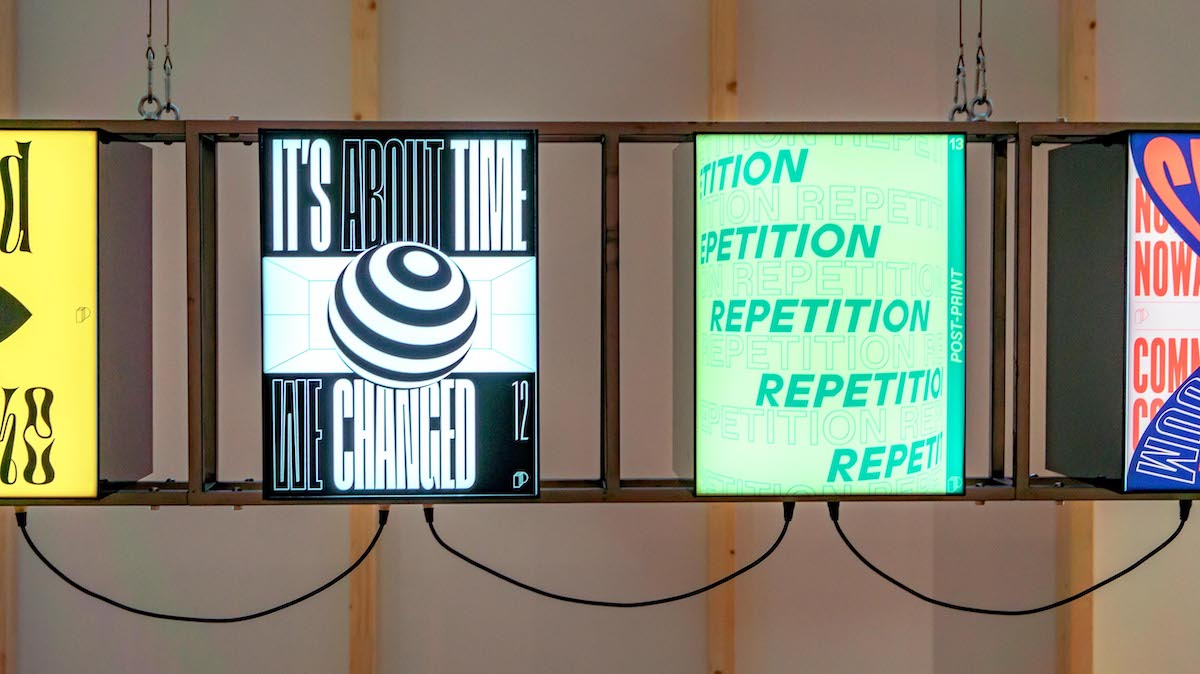
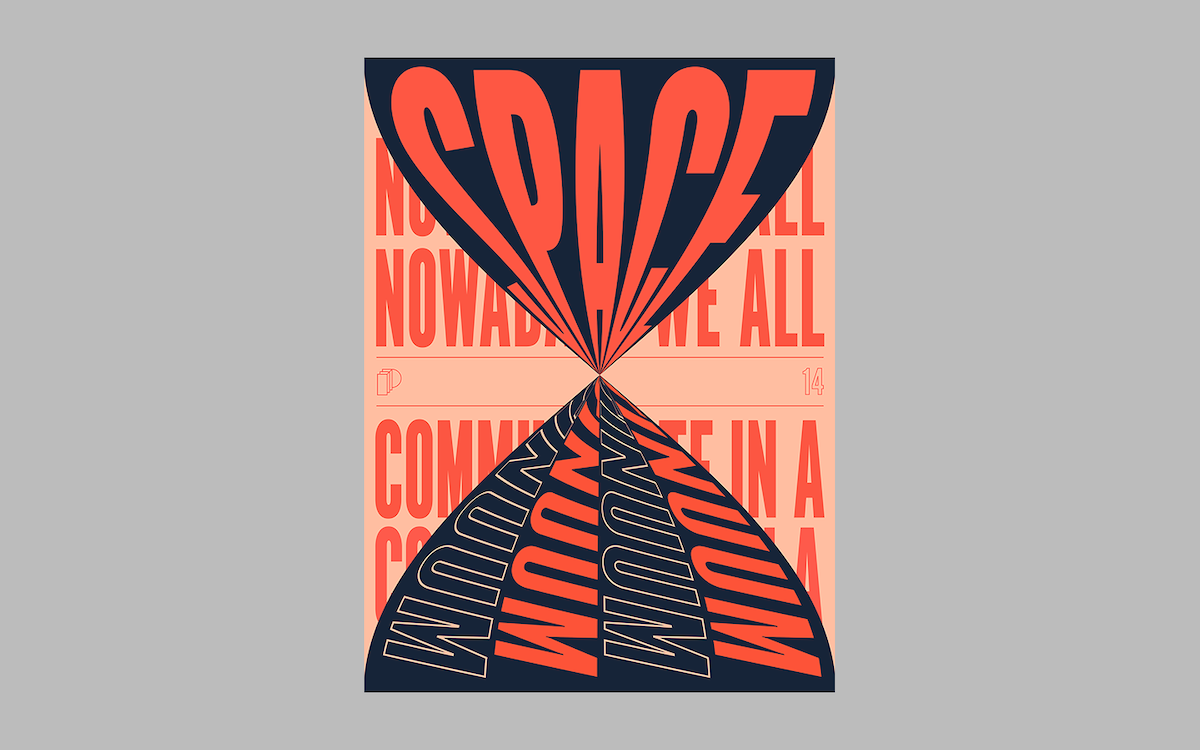
Can you run us through the key elements the project covered & tell us a bit about the exhibition?
The key element here is having two moments while looking at the printed posters. First, you have access to the printed artifact which, by its construction, gives us the sense of depth as I rendered the 3D shapes – this is the first layer, the physical layer. The second moment happens when we scan the posters using the app I developed. By doing so, we bring each poster to ‘life’ by adding dimension and animation, which creates a very engaging experience with the viewers. Since we have two moments here, I thought it would be good if the digital layer allowed us to access information that we can’t see in the printed poster, so I hid words/text in places where we have to look at an angle to find them. This basically splits the message into two parts, and we only access the second one through the app.
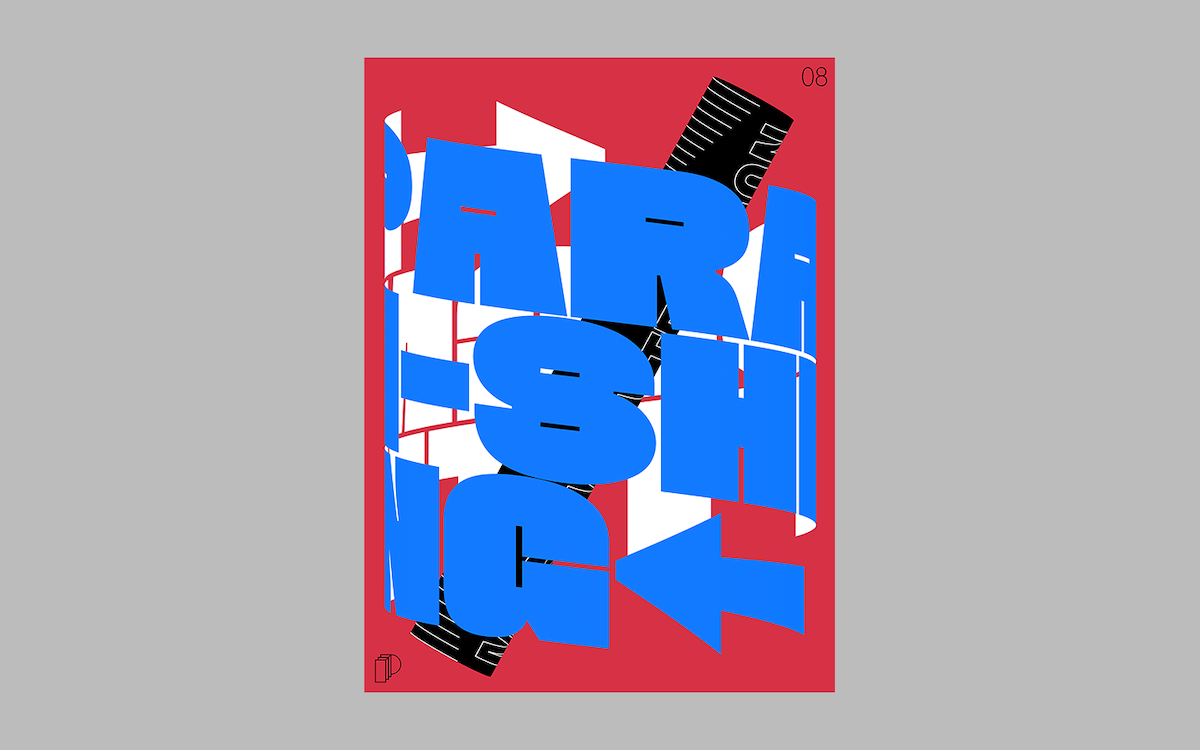
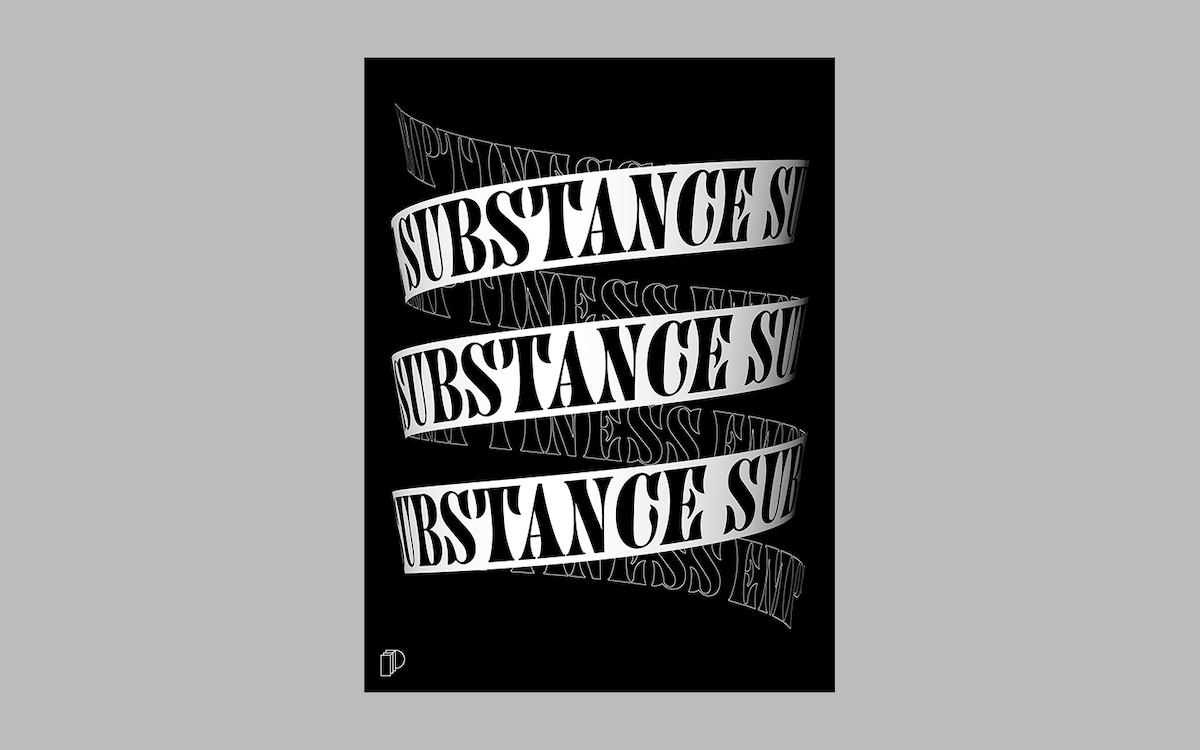
If I’m right, you started this project in 2017? What was the relationship between AR and graphic design like then & why did you think it was important to look at it?
I started publishing the project publicly (through Instagram) in 2017, despite having just started conceptualising and studying the technique as it was something I had never worked with. There were very few examples of ‘pure’ graphic design work using AR, so I thought it could be a good niche to explore. Most experiences I found were with brands for specific campaigns but I thought it was too focused on products and the design was, in my opinion, most of the time subpar. I believe it has to do with a certain technical barrier that most designers weren’t willing to overcome – learning new tools and creating content in 3D for someone with no experience can be quite intimidating, even though it’s not as complicated as it looks. From my research, I found almost no projects that aligned with my vision so I decided to explore them on my own. It was a moment where 3D typography was starting to grow with names like DIA Studio, Federico Leggio and Xavier Monney paving the way for other designers. I really liked the aesthetic but I thought that it deserved to go a step further. From these 3 names, I believe only DIA Studio was working with AR when I started my project.
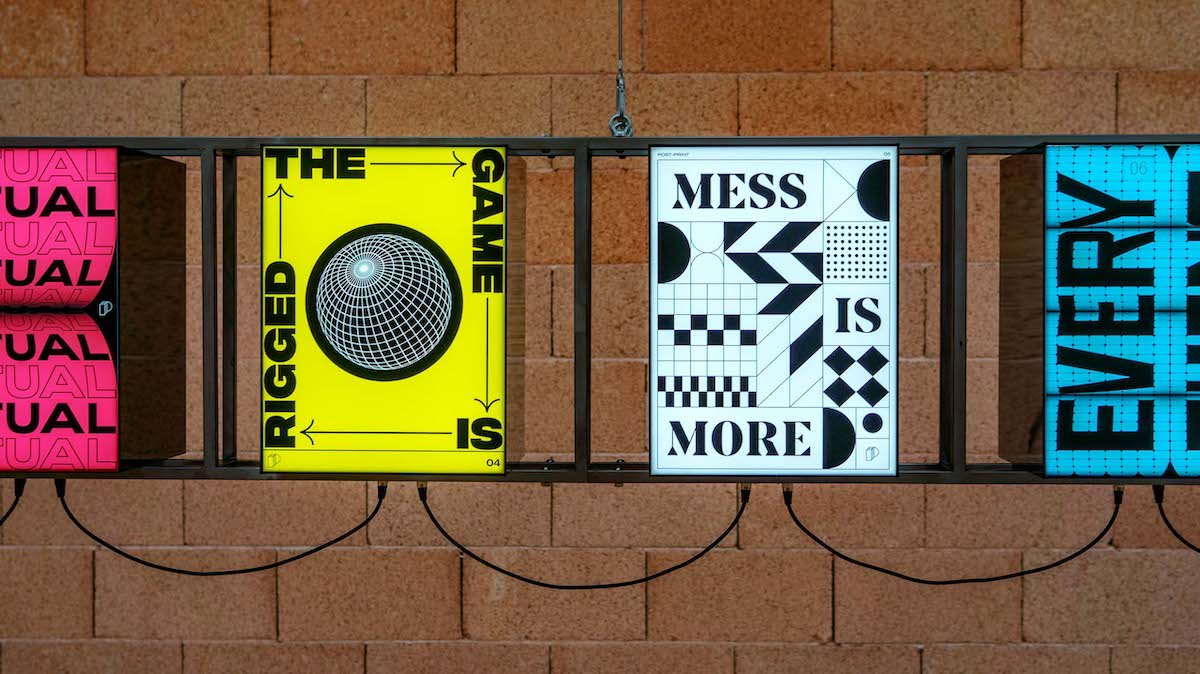
How has AR changed or impacted the world of graphic design to date, and what do you think it will open up in the future?
I think AR hasn’t (yet) drastically changed the world of graphic design, but that possibility is real. I think that first of all, society is becoming more and more familiar with AR – which I believe Instagram/Snapchat are responsible for by having taken AR to the masses with face filters. We have to figure out ways of applying AR to our everyday life that is not pure entertainment, or it will be just a fad that will go away when people get bored – and I think it’s not that hard. When I worked in the exhibition Agenda 2020 with OMSE Studio we had a concept for an AR dashboard on the wall with information that was updated in real-time; something only possible with the use of AR. We also had a poster that indicated the next departing train at the nearby station. This is just a glimpse of what AR allows regarding interactive print. We don’t need to replace paper with screens if we can just augment the printed artifacts using this technology.
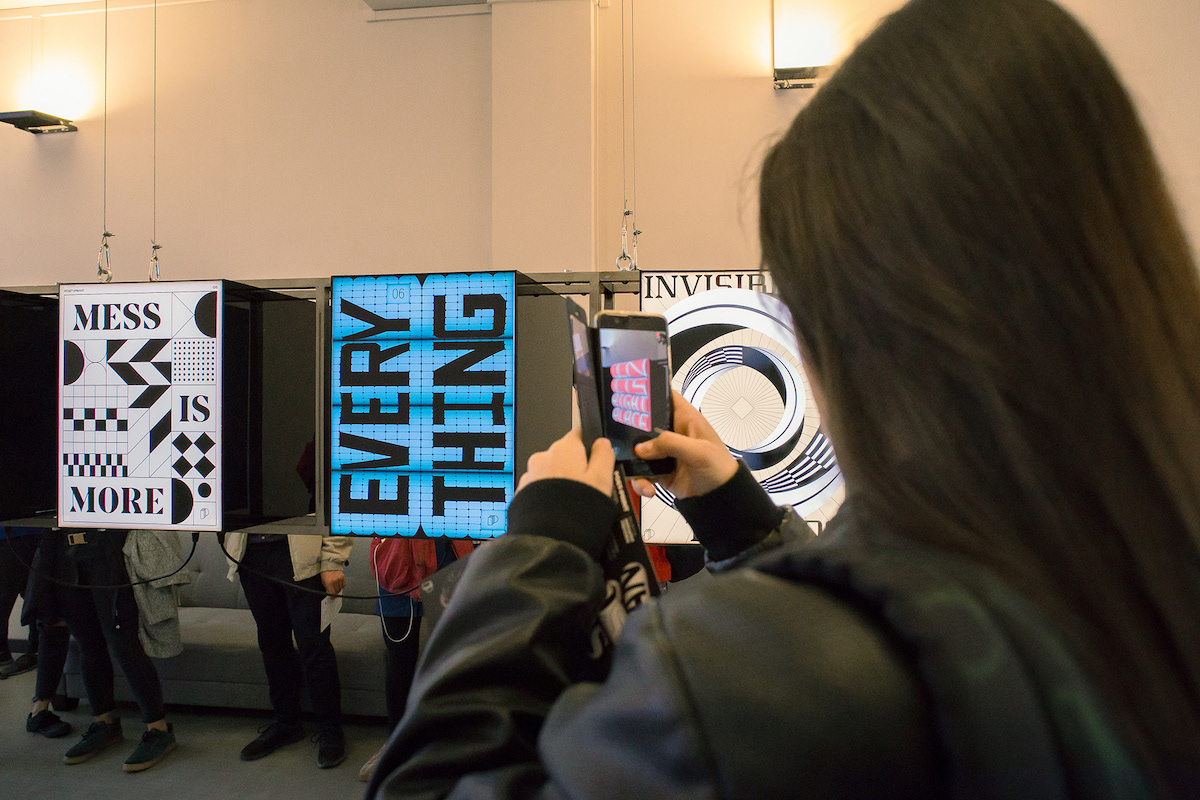
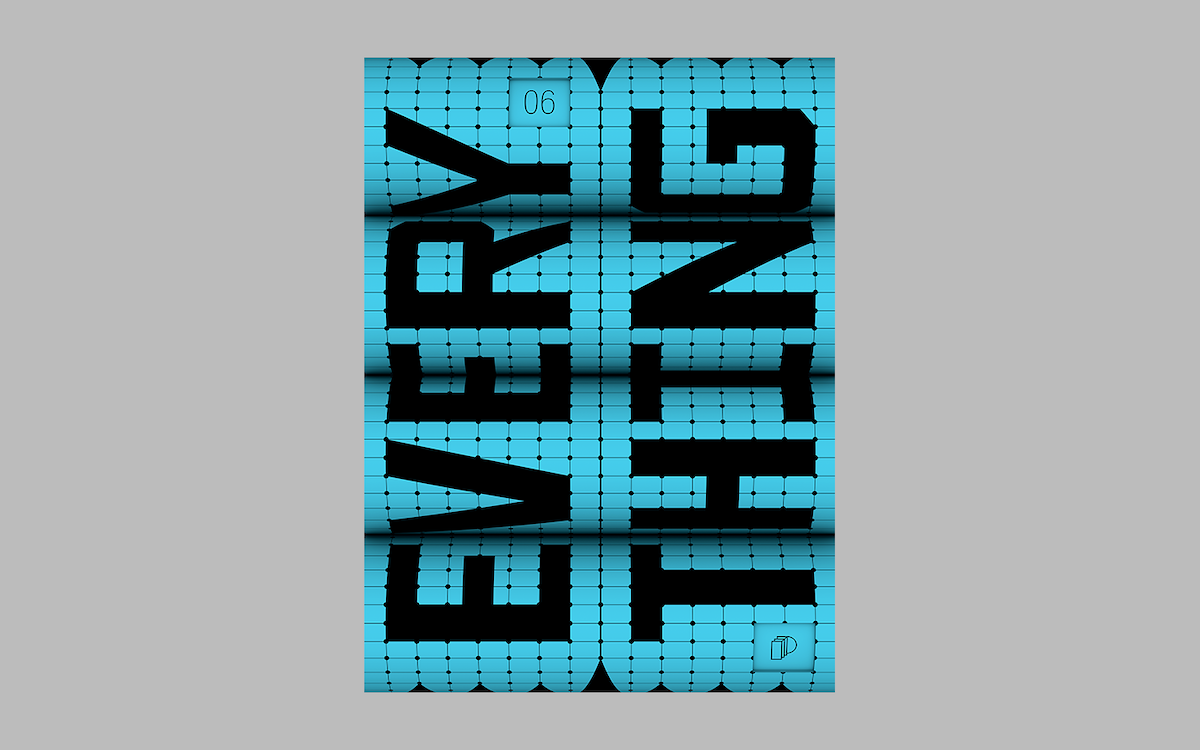
How would you advise people to start out exploring the possibilities of AR?
When I started my project the tools that allowed for easy AR creation were really underdeveloped and I saw myself forced to create my own app. This a challenge as I had never developed any app before. Nowadays, we have many tools at our disposal, such as Spark AR (Instagram/Facebook), Lens Studio (Snapchat), and Adobe Aero. These are tools aimed at designers and not only developers, allowing a very intuitive creation process where we don’t even have to look at code. They also cut the need to develop a custom app and having to publish and update for maintenance/compatibility. And they have no cost, which is a big plus for someone getting started. I personally use Spark AR and I’m considering moving all the content I created for Post-print there as it’s more practical to continue creating. The fact I had to keep up with constant updates and incompatibility issues really threw me off and I actually let my app be unpublished eventually.
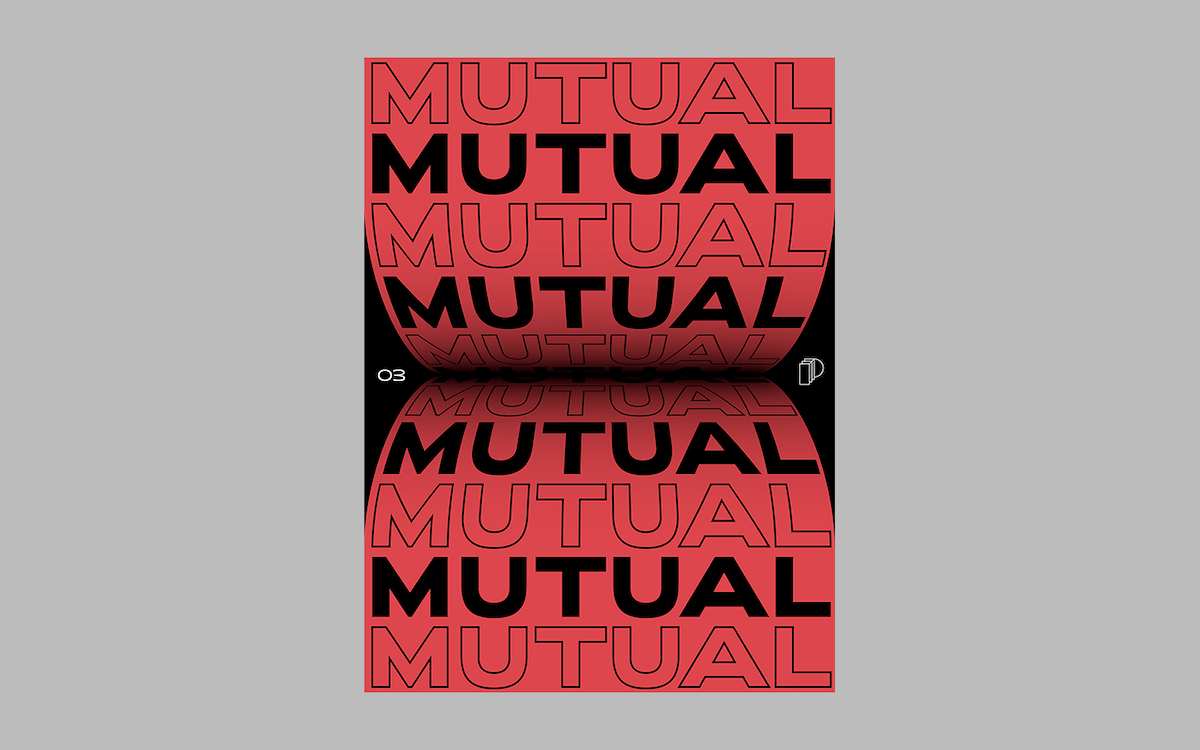
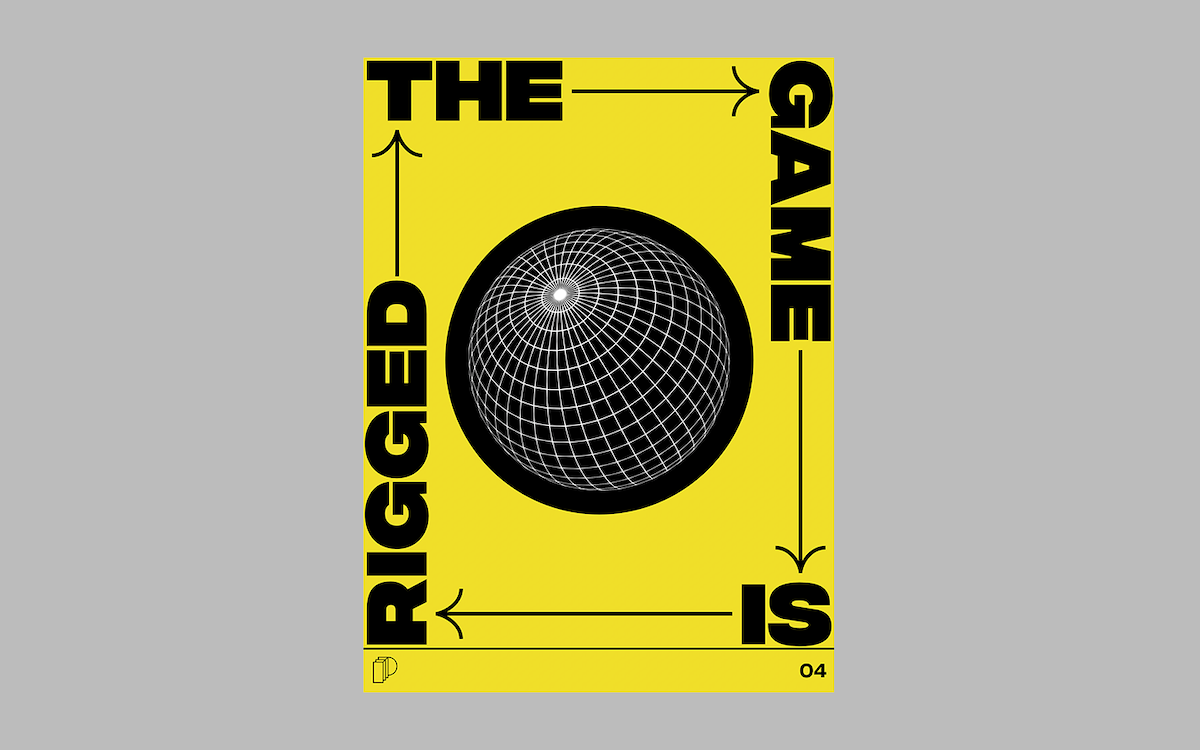
How do you think AR will impact type design & the typography industry specifically in the future?
The first thing I can think of is motion – AR allows for animated content, so we don’t really need to think of it as a static element anymore. The second thing is the third dimension. In my project, I explored 2D typography applied to 3D structures/shapes, but nowadays we have several 3D typefaces which are models created from a 2D design. Some examples are Monument 3D by Dinamo Typefaces, Pilowlava 3D by Velvetine Type Foundry, Frivole 3D by Eliott Grunewald and Clinker by Mickaël Emile and Nicolas Pauthier, which I found out about recently. These kinds of typefaces actually allow us to think of typography as a physical object instead of a flat element placed in a 3D space.
With the growth of AR and VR over the past years, I think it’s obvious that this is the way for the future, as we move towards new tech that will allow us to access these interactive 3D experiences in an easier way, such as AR glasses which have the potential of making AR instantaneously integrated on our everyday life. Even though the smartphone is the way to go right now, it’s not very practical for constant use as we have to be holding it all the time and it only opens up a ‘tiny’ window that is our screen. On the other hand, with AR glasses we can overlay our whole vision with AR content at any time. To be honest, at this point it can go either way. The potential is there, but at the same time, I start imagining ads popping up in the middle of the street which could be a bit troublesome! It’s up to us – designers in collaboration with developers – to find good and innovative ways of integrating AR into our lives, and the tech will follow… or we will follow the tech, who knows.
Thank you, Serafim!

